Adobe has announced the completion of its acquisition of Frame.io for $1.275 billion in cash. Frame.io was a leading cloud-based video review and approval platform, and from now is an Adobe company, and Premiere Pro’s new joker. Here’re our thoughts.
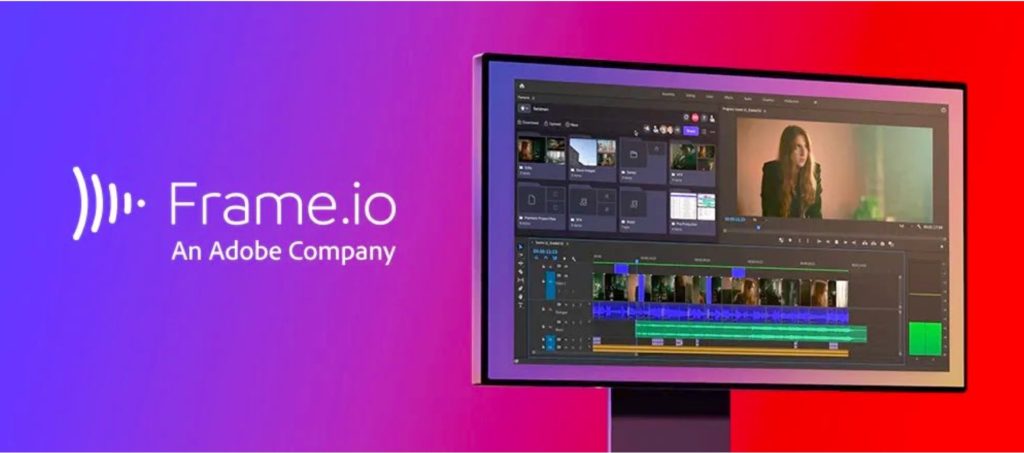
Frame.io is another COVID-bubble. And Adobe has just paid for it $1.275 billion in cash.
Thanks to COVID
Frame.io owns its success to COVID. I mean, it’s an outstanding product that facilitates editors’ life in many ways. It’s expensive, but sophisticated and trusted by professionals. Per definition, Frame.io is one of the world’s leading video review and approval platforms with over 1 million users. Integrated with most major professional video tools, Frame.io streamlines the creative process by centralizing assets and feedback in the cloud. This allows remote creative teams to collaborate securely and in real-time from anywhere in the world. The Frame.io platform centralizes media assets, including dailies, scripts, storyboards, and more, while also allowing feedback and comments, annotations, and real-time approvals. The company was founded in 2014 and raised $90 million over its lifetime. An exit of a billion is a huge success (=bubble). As you can understand, this service was very needed, and super amplified during the Coronavirus. Think of it like Zoom, which its stock has multiplied itself during the pandemic (now it’s in free-fall). Frame.io is another COVID-bubble. And Adobe has just paid for it $1.275 billion in cash.
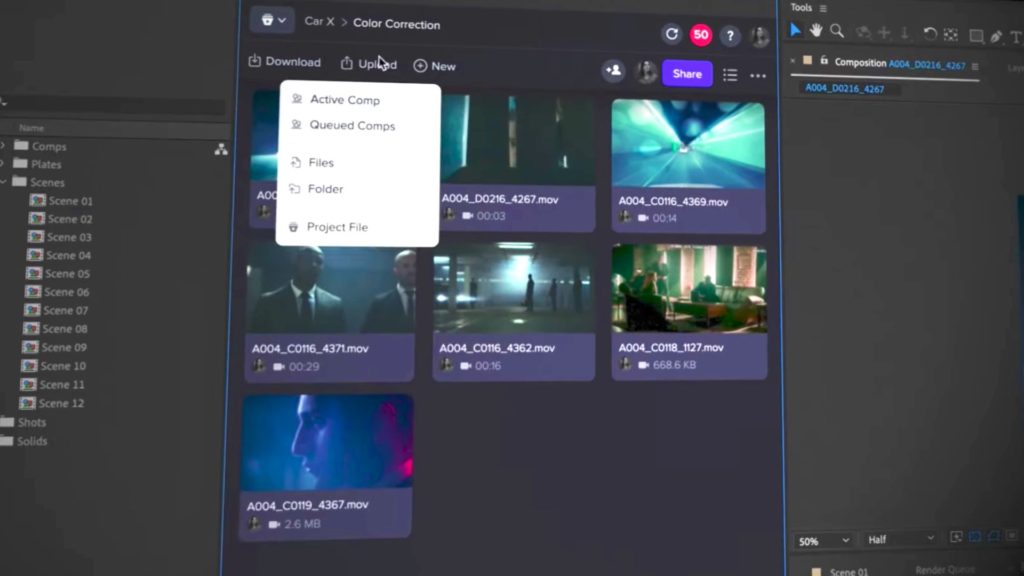
This is not just a color correction button (“Auto Tone”) but a whole new service within the apps.
$1,275 for every user
Now let’s do the math. $1.275 Billion with 1M customers works out at $1275 for every customer Frame currently has. In the press release, Adobe stated that the addition of Frame.io creates an opportunity for Adobe, in conjunction with the partner ecosystem, to expand beyond video editors to a broader set of customers, teams, and enterprises. That means, Adobe needed a winning card for its NLE… a Joker that would bring a major advantage over other dominant NLEs (Final Cut, DaVinci Resolve, and Avid), and thus the solution of dramatically enhancing cloud-based editing with the help of Frame, seemed to be very logical. Hence, Adobe purchased the technology, or should I say, Frame’s user base to bring them to Premiere Pro, Photoshop, and After Effects. According to Adobe, this merging will “radically accelerate the creative process and deliver an end-to-end video platform”. Adobe promises that all Creative Cloud customers will benefit from seamless collaboration on video projects with Frame.io workflow functionality built natively in Adobe Creative Cloud apps like Adobe Premiere Pro, Adobe After Effects, and Adobe Photoshop. This is not just a color correction button (“Auto Tone”) but a whole new service within the apps.
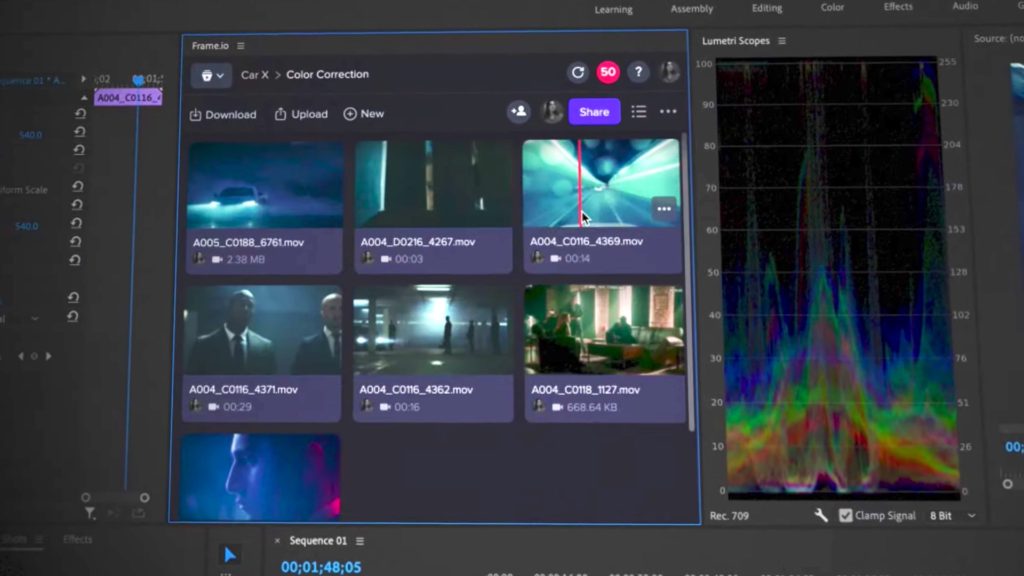
I believe in the near future, users that want to utilize Frame will have to pay subscription fees to Adobe. And that’s because: “As of today, Frame.io is now an Adobe company” (stated by Frame founder), which is a sentence that says it all.
An Adobe company
From now, Frame belongs to Adobe. Its founder is not the boss anymore. Although Frame claimed that the service will continue to be supported on other NLEs, I wouldn’t count on that. Adobe wants to keep Frame’s technology (and users) close to its chest, and without sharing this card with others. Thus, I believe in the near future, users that want to utilize Frame will have to pay subscription fees to Adobe. And that’s because: “As of today, Frame.io is now an Adobe company” (stated by Frame founder), which is a sentence that says it all.
Summary
Adobe has paid way too much for the acquisition of Frame. And without COVID, the price was significantly lower. Hi-tech history shows, that overpriced acquisitions have resulted in a big fail. The mother company swallows the startup and its services are being vaporized. I hope that will not be the case with Frame. However, it would probably be transferred into a service that can only be utilized in the Creative Cloud ecosystem. Now it’s the time for FCP and Resolve to think about alternative cloud-based solutions for its users.
Product List
Here’re the products mentioned in the article, and the links to purchase them from authorized dealers.
- Adobe Premiere Pro CC (1-Year Subscription, Download)



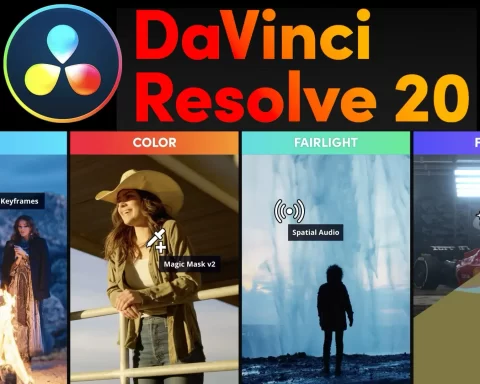
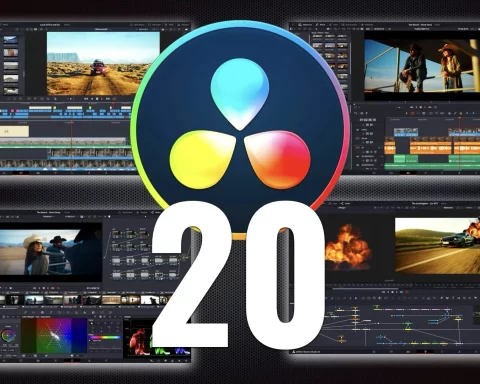

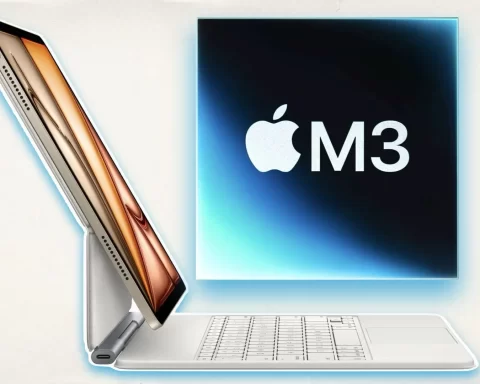




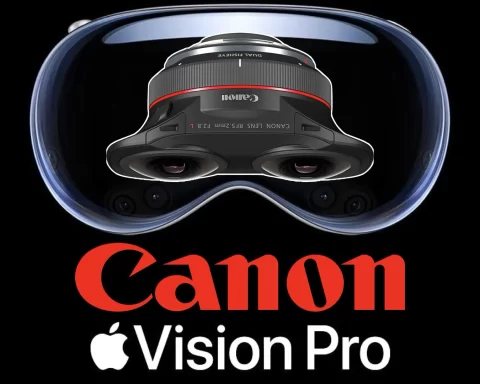
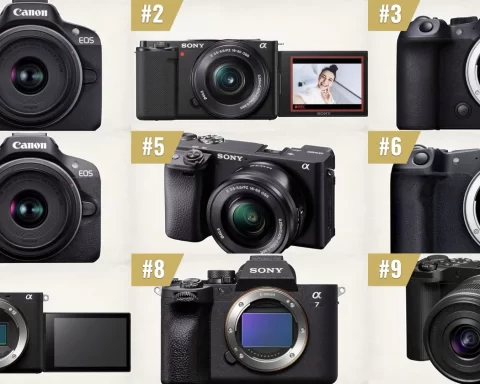





Analysts overwhemingly recommend Adobe, with 99% calling it a ‘buy’, with only a couple naysayers on Wall Street. The company has been exceedingly strong, not only financially, but also in terms of its corporate culture. As for frame.io, all seven major Hollywood studios intend to use cloud based systems by 2030, and experts see video collaboration platforms doing tens of billions of dollars in business by the year 2027. This move will also greatly strengthen Adobe’s own cloud services.